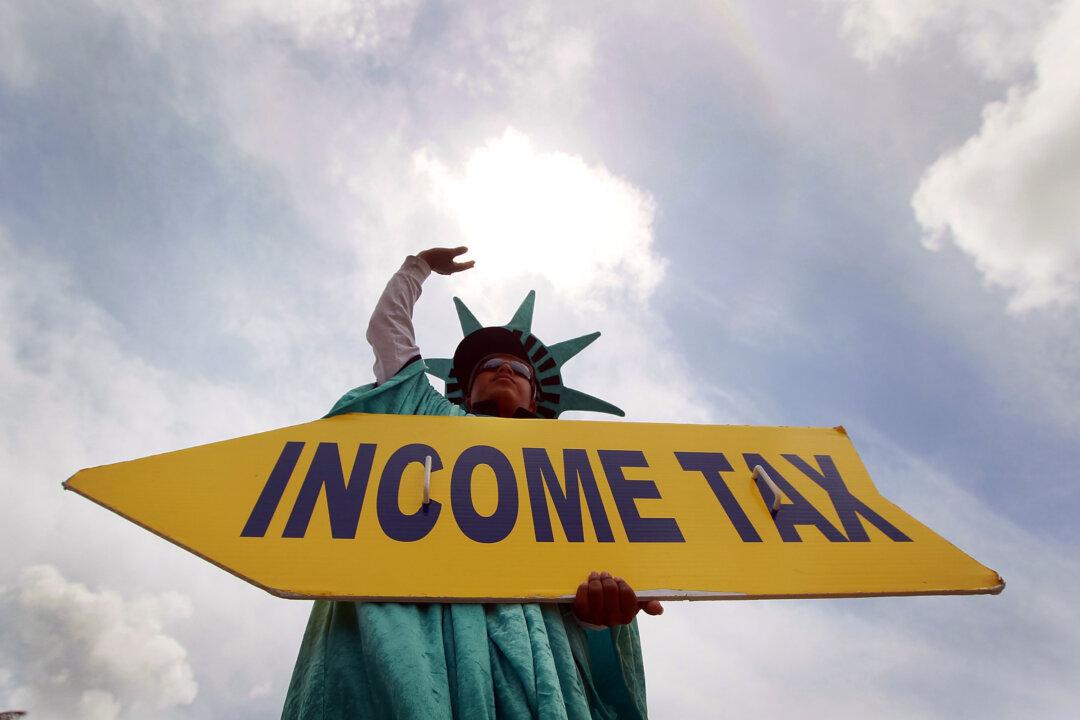IRS data tracking state-to-state migration shows that blue states saw a net outflow of hundreds of thousands of taxpayers who took nearly $27 billion in taxable gross income with them to red states.
The most recent IRS migration data shows that in the years 2017-2018, a net 399,892 taxpayers and their dependents left blue states—in this case defined as those in which both the state House and Senate are Democrat-controlled.





